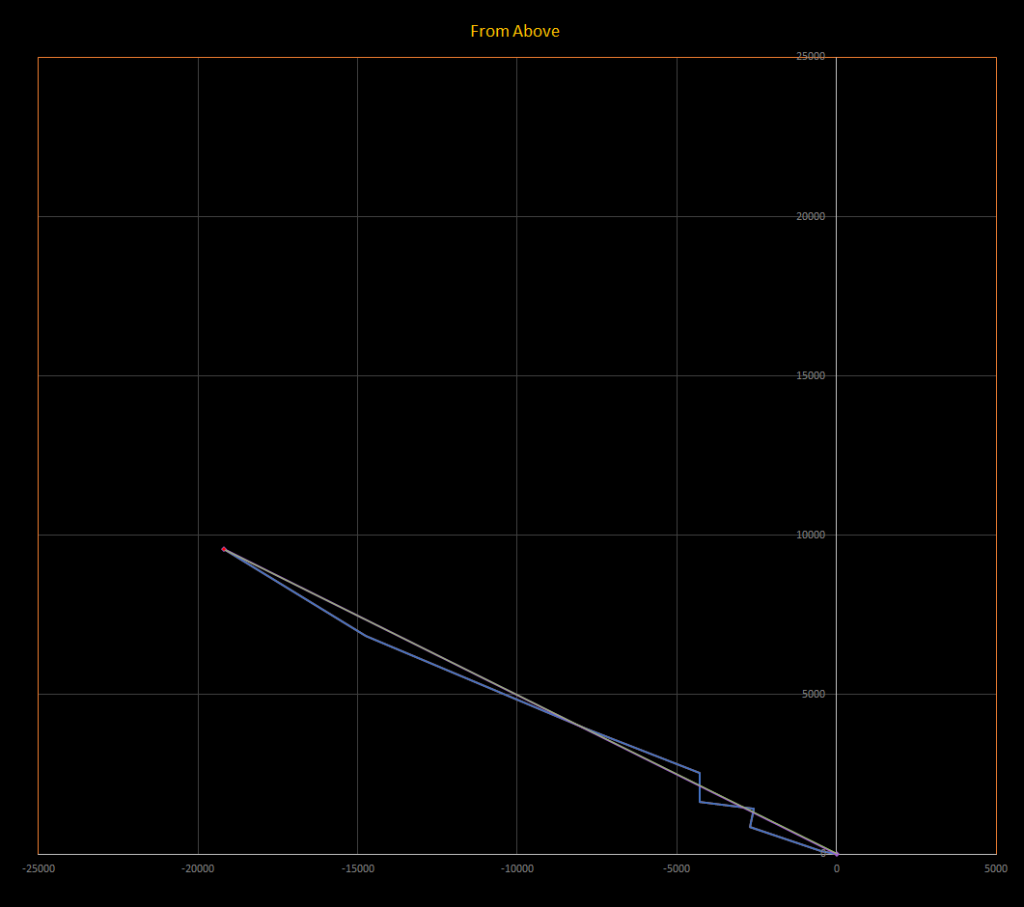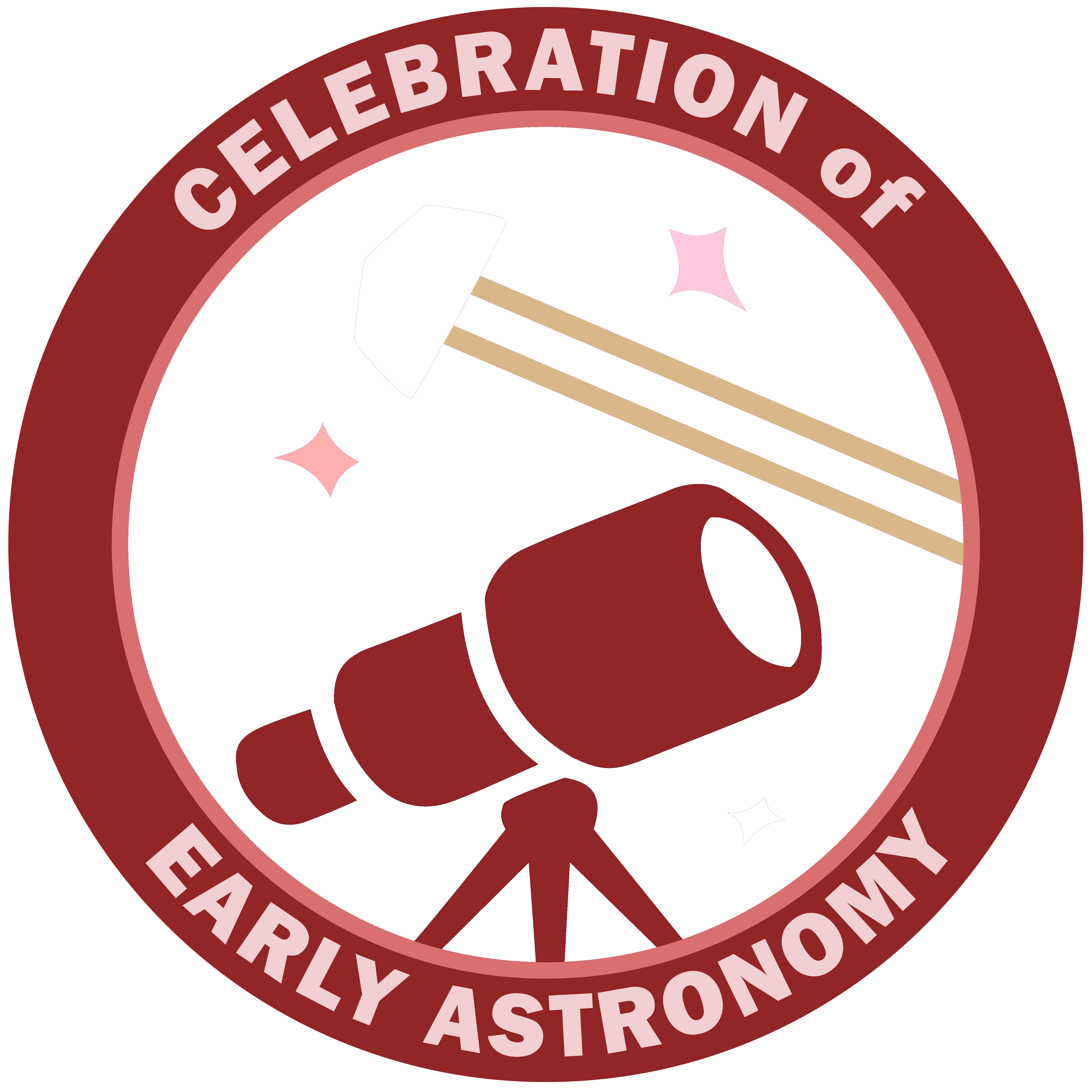For the “At the Eldritch Gate” expedition, Celebration of Early Astronomy will be basecamping at the Dehe PP-V d3-22 system. Here is a list of some real celestial objects of interest near the line between LAWD 26 and Dehe PP-V d3-22.
Dates
Start Date: July 10, 2022
End Date: September 10, 2022
Distances
Basecamp Line: 21,447 Ly
Main Waypoints: 24,289 Ly
Map, (click for full size):

Basecamp: Dehe PP-V d3-22
Points of Interest
- Map References quick reference list, more details below
- LAWD 26
- Kepler-186
- Kepler-7
- CSI+19-20201
- KOI 3901
- PSR J1959+2048
- QZ Vulpeculae
- Campbell’s Hydrogen Star
- Dehe PP-V d3-22
Points of Interest Details
- Map Reference: LAWD 26
- This is where the “At the Eldritch Gate” expedition will be launching from
- Map Reference: Kepler-186
- POI: Kepler-186 7
- The first Earth-sized exoplanet to be discovered within the habitable zone of its star. Represented most closely in game by Kepler-186 5. In-game it is not terraformable for whatever reason, but the criteria otherwise matches the closest. The system also contains four other known exoplanets as well represented in-game by bodies 2 (Kepler 186c), 3 (Kepler-186d), 1 (Kepler-186b), and 4 (Kepler-186e).
- SIMBAD Link
- EDSM Link
- Map Reference: Kepler-7
- POI: Kepler-7 1
- Kepler-7b is the fourth of the first five exoplanets to be confirmed by the Kepler teelscope. It was the first new discovery by it as the first three were already known exoplanets used to confirm the telescope was working correctly. It is a “Hot Jupiter” orbiting close to its star and measured at a temperature of 1540K. The planet in-game representing this real exoplanet is Kepler-7 1.
- SIMBAD Link
- EDSM Link
- Map Reference: CSI+19-20201
- POI: Blue Flash Nebula
- Also known as NGC 6905, this is a planetary nebula around a Wolf-Rayet Star first discovered by William Herschel in 1784.
- SIMBAD Link
- EDSM Link
- Map Reference: KOI 3901
- POI: KOI 3901 5
- This system contains a known exoplanet classified as KOI-3901.01 of roughly 40% the radius of Jupiter. (in game: KOI 3901 5 is the planet in the system matching the criteria)
Of interest to the At the Eldritch Gate expedition in particular is that the planet in question is a gas giant with Ammonia based life, which have the chance to be a green gas giant, so may actually be our giant. Or maybe not, but at the very least it’s an interesting real world planet. - SIMBAD Link
- Map Reference: PSR J1959+2048
- POI: Black Widow Pulsar
- Nicknamed “The Black Widow Pulsar”, PSR B1957+20 aka PSR J1959+2048 is an eclipsing binary millisecond pulsar discovered in 1988 by the Arecibo radio telescope with a rotation period of 1.6ms. It orbits with a companion super-jupiter brown dwarf with orbital period of 9.2 hours when it was discovered. At discovery it was hypothesised that the brown dwarf companion was being destroyed by the powerful outflow of high energy particles from the neutron star’s jet cones. As it is no longer there in 3308 this seems to have held true. It was the first known pulsar with this arrangement and is the namesake of the class of pulars known as spider pulsars. Black widow types having a companion brown dwarf, and redback types having companion red dwarfs.
This pulsar was also observed by the XMM-Newton telescope to observe it’s Intra-binary Shock, scientific paper can be found here: https://iopscience.iop.org/article/10.3847/2041-8213/ac15f7/pdf
Chandra X-Ray Telescope has also determined through observations of the system’s bow shock that is has a high speed across the galactic plane in comparison to most stars. Approximately 20 times as fast as our own solar system.
Wikipedia page about this pulsar can be found here: https://en.wikipedia.org/wiki/Black_Widow_Pulsar - SIMBAD Link
- Map Reference: QZ Vulpeculae
- Discovered by the Ginga telescope in April 1988 when it produced an X-ray nova caused by matter falling in from it’s K class companion into the black hole classified as GS 2000+25. In 3308 it is found to also contain some other bodies, including a terrestrial planet with ammonia based life.
- Map Reference: Campbell’s Hydrogen Star
- First discovered by William Wallace Campbell who noted it’s peculiar hydrogen-rich spectra. It was an at the time uncharted planetary nebula, and a member of the yet to be classified WC subclass of Wolf-Rayet stars. Do note that this system is fairly high from the galactic plane and may be difficult to reach for low jump range ships
- SIMBAD Link
- EDSM Link
- Map Reference: Dehe PP-V d3-22
- CEA’s At the Eldritch Gate Basecamp
